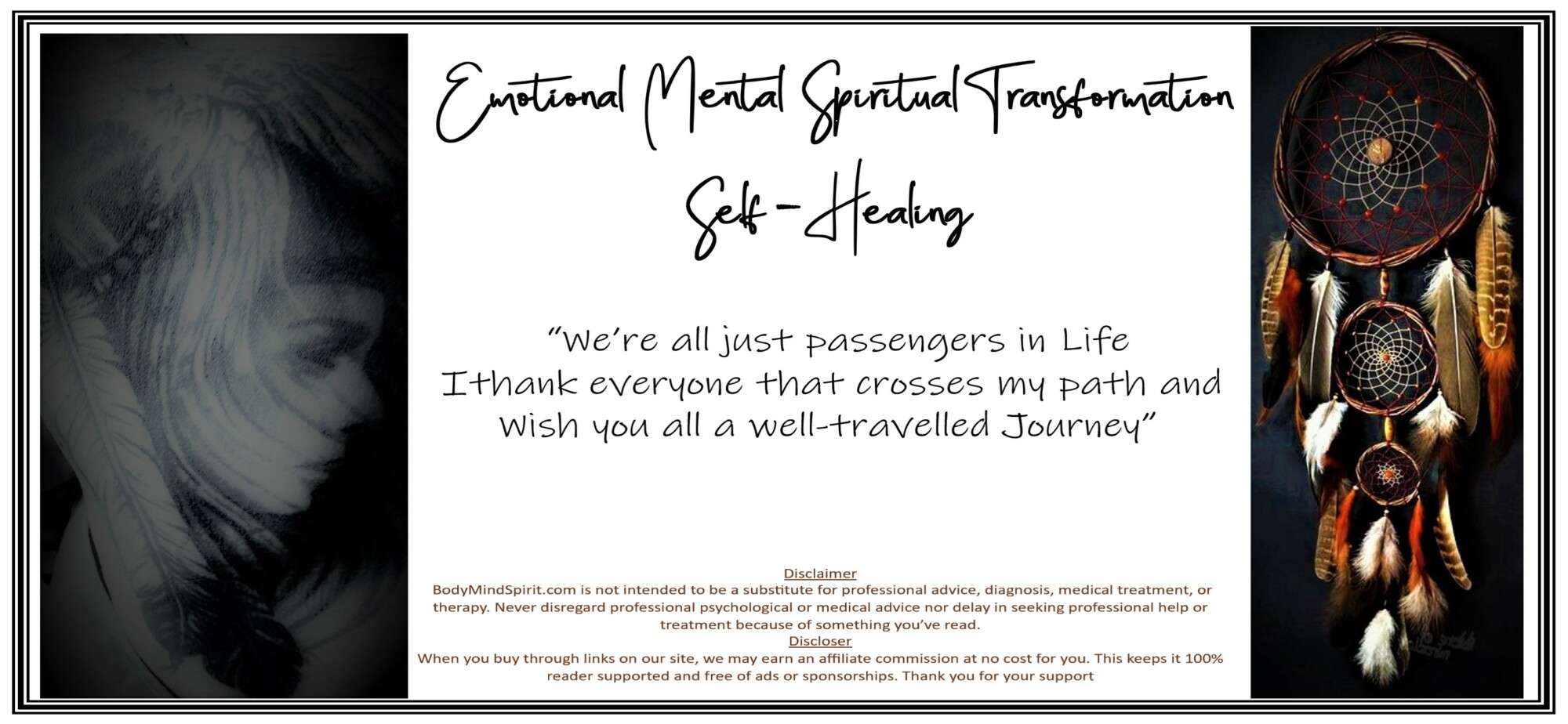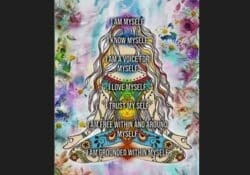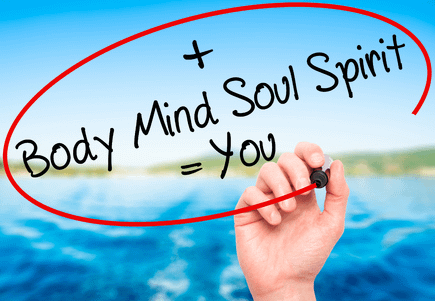Self-Hypnosis for Healing
Self-hypnosis for healing or auto-hypnosis is a form, a process, or the result of a self-induced hypnotic state. Frequently, self-hypnosis is used as a vehicle to enhance the efficacy of self-suggestion; and, in such cases, the subject “plays the dual role of suggester and suggested”. Wikipedia
What is hypnotherapy?
Hypnosis is a mental state of increased awareness, suggestibility, and concentration. It can be used as a therapeutic tool for a number of conditions.
It is a highly safe technique that can bring increased self-esteem, confidence, assertiveness, relaxation, the list goes on. Self-hypnosis can be used during difficult times to help improve symptoms of many medical conditions for example, anxiety, pain, headaches and so on.
There are three types of hypnosis traditional hypnosis, Ericksonian hypnosis, and self-hypnosis. Each type of hypnosis varies from one another in terms of practice and use.
Hypnotherapy Techniques
- Relaxation techniques.
- Eye Fixation / Fixed-Gaze Induction – Think “Look into my eyes…” or “Follow this watch in front of you…”
- Creative visualization.
- Disrupting balance and equilibrium.
- Misdirection.
- And more. Source:https://www.movingmindshypnotherapy.com.au ›
There are Four main stages of hypnotherapy
- Induction. Hypnotherapists employ several techniques to induce hypnosis in a person.
- Four-step induction. The hypnotherapist induces hypnosis by taking the individual through four steps and asking them to.
- Eye-fixation technique. …
- Arm-drop technique. …
- Progressive relaxation technique. …
- Imagery. Source: https://www.medicinenet.com
During a hypnotherapy session, people are guided through a process to induce a trance-like state that helps them focus their minds, respond more readily to suggestions, and become deeply relaxed. Hypnotherapy utilizes the heightened awareness of the hypnotic state to help you focus on a problem more deeply.09 Jul 2021
Source: https://www.verywellmind.com
What is self-hypnosis and how does it work?
See yourself through new lenses
Self-hypnosis involves becoming highly focused and absorbed in the experience while giving yourself positive suggestions about ways to reach your goals. Self-hypnosis is an individual practice, unlike when you are working with a therapist.30 Jun 2020
Source: https://www.mindsethealth.com
Interested in giving self-hypnosis a try?
Visit Spiritual Bazar’s FREE Self-hypnosis Playlist if you wish to experiment with guided ones.
Self-hypnosis, step by step: Source: Healthline
Get comfortable. Aim to wear clothing that helps you feel relaxed and at ease. Stiff, scratchy, tight, or heavy clothing might not promote relaxation.
Find the right spot. Settle yourself in a quiet room, where you won’t have to worry about anyone disturbing you. Silence your phone and sit anywhere comfortably, in a position that supports your back and won’t leave you feeling cramped.
Set your goal. What do you want to get out of self-hypnosis? Go into the exercise with a clear goal, whether that’s improving self-esteem, getting better sleep, or breaking a habit.
Focus your gaze. Find something simple within your line of sight to focus on, or create a point of focus by pushing a colored thumbtack into the wall or lighting a candle and focusing on the flame.
Begin breathing slowly and deeply. Inhale through your nose and exhale slowly through your mouth, letting your eyes rest on your focus point. Continue breathing, imagining that with each exhale, your eyelids are becoming heavier. Keep going until they feel too heavy to keep open.
Continue to relax. With closed eyes, keep breathing slowly, concentrating on your breath to keep your thoughts from wandering. When your awareness drifts off course, return it to your breath. If any part of your body feels particularly tense, imagine each exhale carrying the tension away.
Visualize. Using your senses, create a peaceful mental “happy place.” You might surround yourself with clouds of relaxing colors or imagine yourself walking along the beach, sitting in a field of flowers, or biting into a juicy, delicious slice of melon.
Spend some time in your scene. As your visualization begins to soothe you, imagine your body becoming very heavy, just as it does when you’re about to fall asleep. If it helps, you can even imagine yourself sinking slightly into the chair or sofa.
Affirm your relaxed state. Try repeating a mantra, like “I am calm,” or “I am at peace.”
Move on to your goal. Once you feel completely calm, use visualization to focus on your goal. Don’t skimp on the detail — make your scene as vivid as possible. Trying to sleep better? Feel yourself tucked into bed with your soft sheets. Hear the hum of the fan as you breathe peacefully in the cool darkness and drift toward sleep.
Affirm your goal. As you imagine yourself achieving your goal, mentally repeat it, such as “I’m speaking confidently, without feeling nervous,” “I’m sleeping peacefully through the night,” or “I don’t want to smoke. I don’t crave a cigarette.” As you repeat these words, direct compassion and encouragement toward yourself.
Let your body return to normal. After 5 minutes or so, prepare to leave the hypnotic state. Imagine each inhale drawing energy from the world around you, and each exhale sending it flowing through your veins. Each breath leaves your limbs feeling lighter until they return to normal.
Wake yourself. Begin counting down from 10, telling yourself, “When I reach one, I will open my eyes, energized and alert.”
More offers, more products, often adding & updating this page- Stay Tuned!!!!
Below is exactly the program that SHOULD have been available for me when I first started out;
The home of the best hypnosis training on the internet. Healing with Hypnotherapy /Jay Cataldo, IACT Certified Master TrainerJay Cataldo, IACT Certified Master Trainer CEO & Founder of LearnHypnosisFast.com
Stay blessed, Stay put, in love, for love, with love & Sparkles for your amazingness!!
Affiliate Disclosure
Disclaimer: BodyMindSpirit.com is not intended to be a substitute for professional advice, diagnosis, medical treatment, or therapy. Always seek the advice of your physician or qualified mental health provider with any questions you may have regarding any mental health symptom or medical condition. Never disregard professional psychological or medical advice nor delay in seeking professional advice or treatment because of something you have read.








